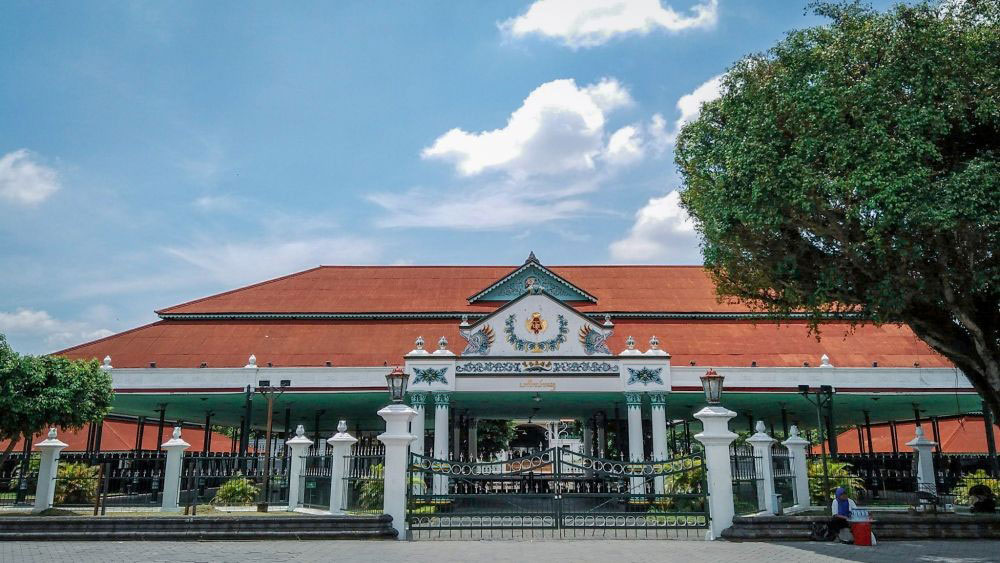
Image of Kraton Ngayogyakarta Hadiningrat
Located in the heart of Yogyakarta, Indonesia, lies the magnificent Kraton Ngayogyakarta Hadiningrat. This royal palace serves as the official residence of the Sultan of Yogyakarta and his family. Steeped in history and cultural significance, the Kraton is a living monument that reflects the rich heritage of the region.
A Glimpse into History
Established in 1755 following the Giyanti Agreement, the Kraton Yogyakarta holds a special place in the history of the Yogyakarta region. It stands as a testament to the architectural prowess of Sultan Hamengkubuwono I, the founder of the Ngayogyakarta Hadiningrat Sultanate. The layout and design of the palace, influenced by European and Chinese styles, were finalized between 1755 and 1756.
The Cultural Hub of Yogyakarta
The Kraton Yogyakarta is not just a royal complex but also a cultural hub that houses various historical landmarks. From the Alun-Alun squares to the Masjid Gedhe Kauman, each structure within the palace complex holds significance in the daily life and traditions of the Sultan and his subjects.
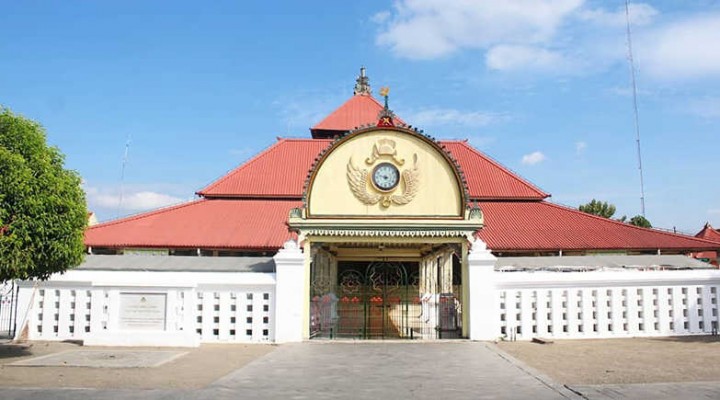
Image of Masjid Gedhe Kauman
The architectural layout of the Kraton Yogyakarta reflects deep philosophical meanings. The path from Panggung Krapyak to the Kraton symbolizes the journey of life, from birth to adulthood and beyond. Similarly, the route from Tugu Golong Giling southwards signifies the transition from worldly life to the afterlife, encapsulating the essence of 'sangkan paraning dumadi.'
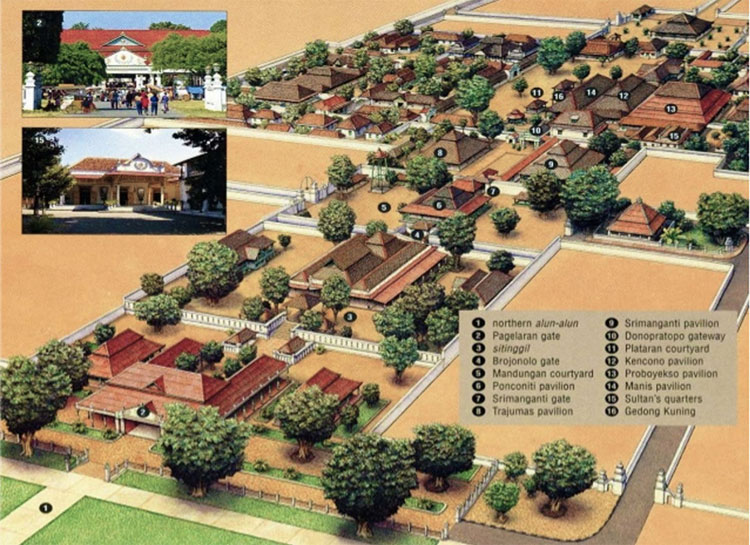
Image of Kraton Jogja Landmark
The Kraton Yogyakarta comprises three main sections: the front complex, the core complex, and the rear complex. Each area, from the Gladhak-Pangurakan at the entrance to the Alun-Alun squares and the Plengkung Nirbaya, contributes to the palace's grandeur and historical significance.
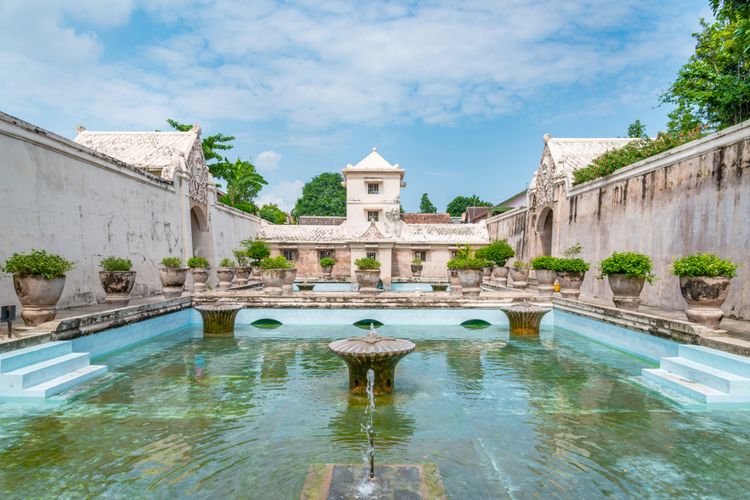
Image of Taman Sari
Beside the palace grounds, the Kraton Yogyakarta is home to various historical sites and structures like the Tamansari and the Museum Sonobudoyo. These sites reflect the unique architectural and cultural heritage of the region, warranting their preservation as invaluable cultural resources.
Malioboro: The Heart of Yogyakarta
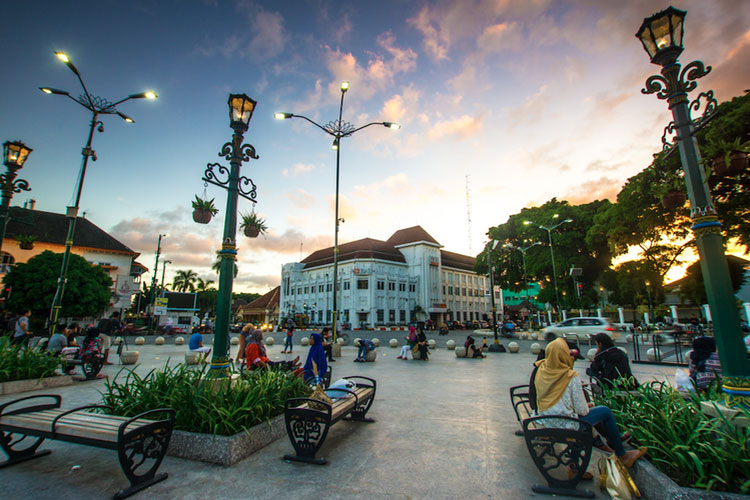
Image of Malioboro
Malioboro, a bustling street in Yogyakarta, is intricately connected to the establishment of the Ngayogyakarta Hadiningrat Sultanate. It serves as a philosophical axis linking the Tugu monument to the Kraton Yogyakarta. Malioboro encompasses key centers like the Kepatihan and Pasar Gedhe, forming a cohesive urban layout that embodies political, religious, economic, and social elements.
The Cultural Legacy
Kraton Yogyakarta stands as a testament to Indonesia's rich cultural legacy, embodying a harmonious blend of tradition and innovation. As a living monument, it serves as a reminder of bygone eras while continuing to be a vibrant center of culture and heritage.
In conclusion, a visit to the Kraton Yogyakarta is not just a journey through time but a cultural immersion into the heart of Indonesia's heritage. As we strive to preserve and celebrate our cultural treasures, the Kraton Yogyakarta remains a shining example of architectural splendor and historical significance. Travelers and history enthusiasts alike are invited to explore this magnificent palace and unravel the secrets of Yogyakarta's royal past.



